Today is the birthday of Taras Shevchenko (1814-1861), a great 🇺🇦 artist and poet, a symbol of the struggle for independence and against russian imperialism. You probably heard about him at least once. Big thread about his life and art. 🧵
'Kateryna' (1842)
'Kateryna' (1842)

He was born in the village of Moryntsy, Cherkasy region, in a family of serf peasants (kripaky). He had a very poor and hard life. From a very young age, he served to a deacon and studied. Unable to endure bullying and feeling a great desire for painting, he ran away. 
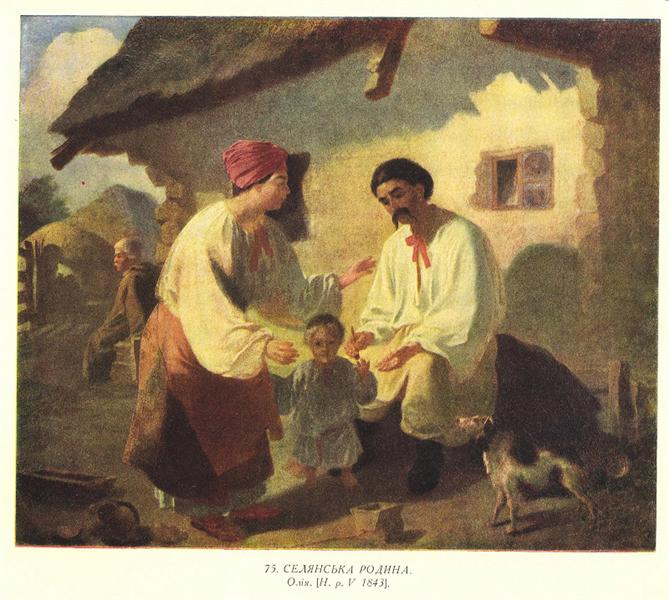
In 1828, Shevchenko was hired as a serving boy to a lord's court in Vilshana and obtained permission to study with a local artist. When Taras was 14, Vasily Engelhardt died, and the village of Kyrylivka and all its people became the property of his son, Pavlo Engelhardt
Shevchenko was turned into a court servant of his new master. From 1828 to 1831, Shevchenko stayed with his master in Vilnius. From those times, Shevchenko's painting "Bust of a Woman" survived. In 1831, Engelgardt moved to Saint Petersburg. 
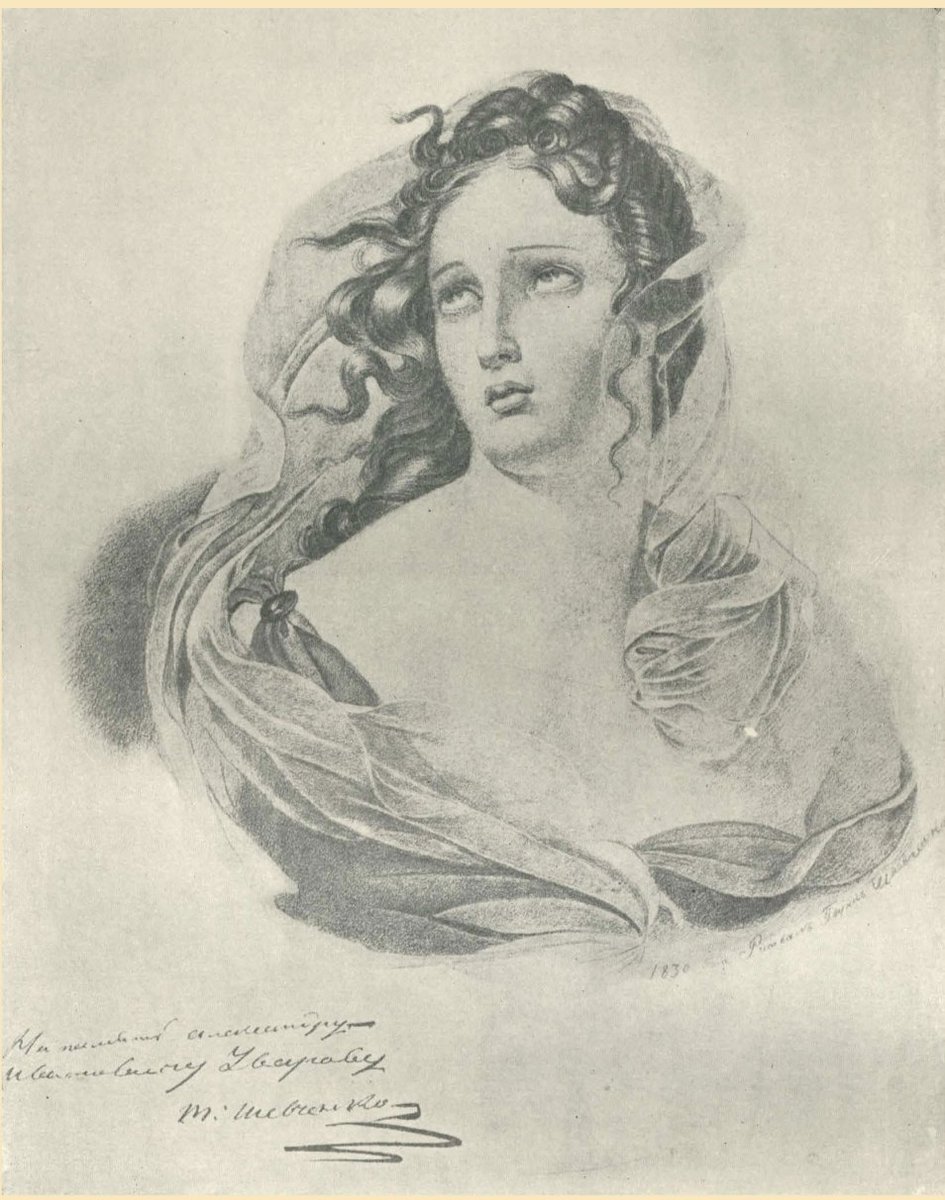
To benefit from the artworks (since it was prestigious to have one's own "chamber artist"), Engelgardt sent Shevchenko to painter Vasiliy Shiriayev for a four-year study. He met 🇺🇦artist Ivan Soshenko, who introduced him to other Ukrainians. Then they tried to 'buy' him a freedom 
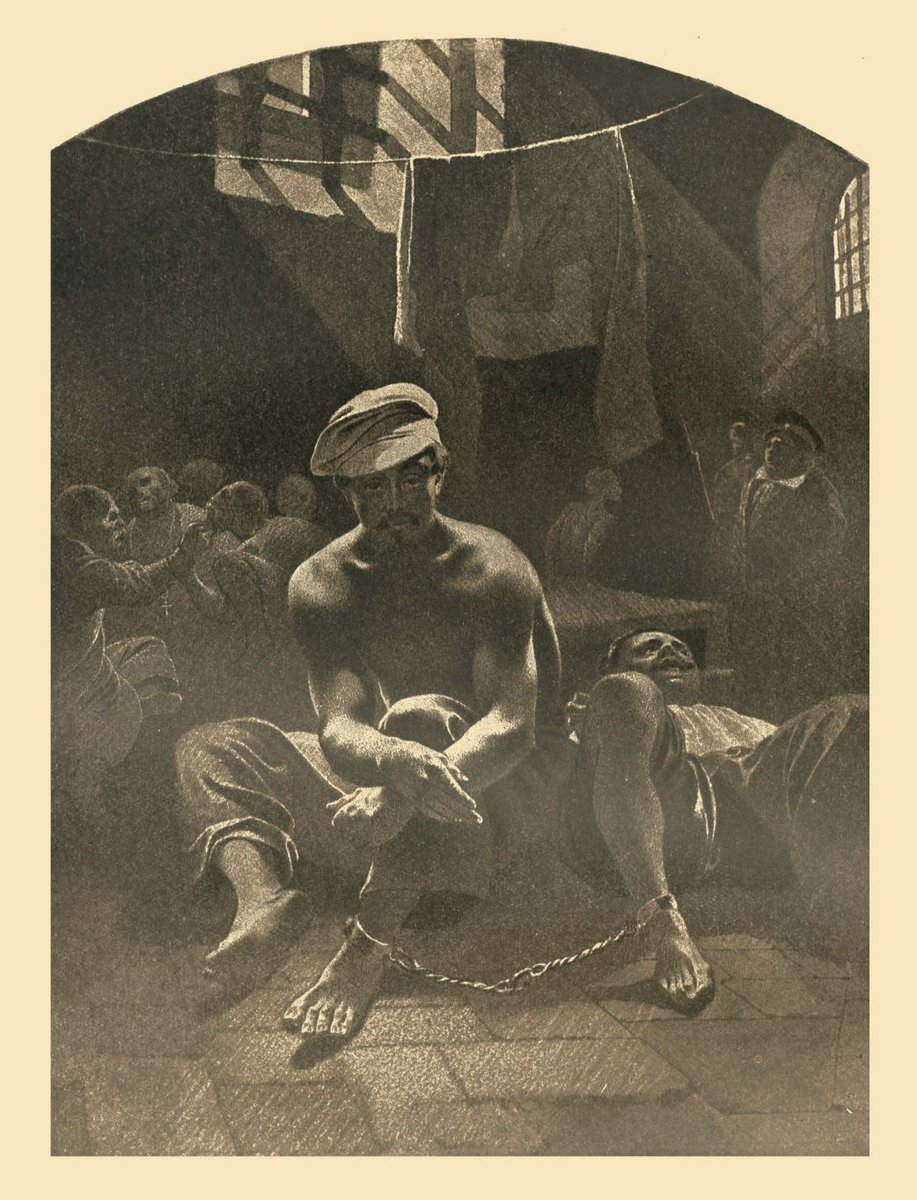
Painter and professor Karl Briullov donated a portrait of russian poet Vasily Zhukovsky as a lottery prize. Its proceeds were used to buy Shevchenko's freedom on 5 May 1838. He was accepted as a student into the Academy of Arts in the workshop of Karl Briullov in the same year. 
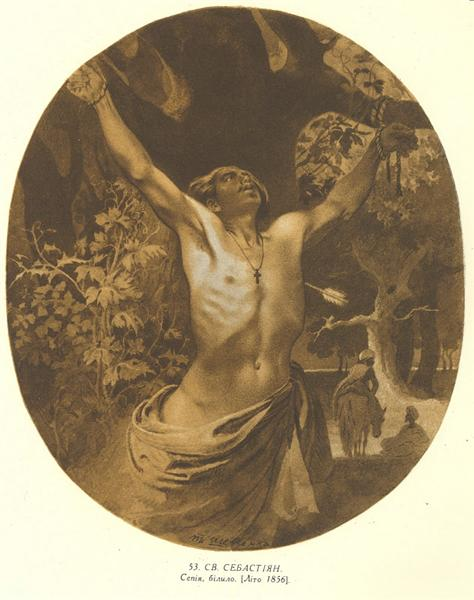
While residing in Saint Petersburg, Shevchenko made three trips to Ukraine in 1843, 1845, and 1846. The difficult conditions 🇺🇦 had made a profound impact on him, in 1844 decided to capture historical ruins and cultural monuments in an album of etchings – Picturesque Ukraine. 



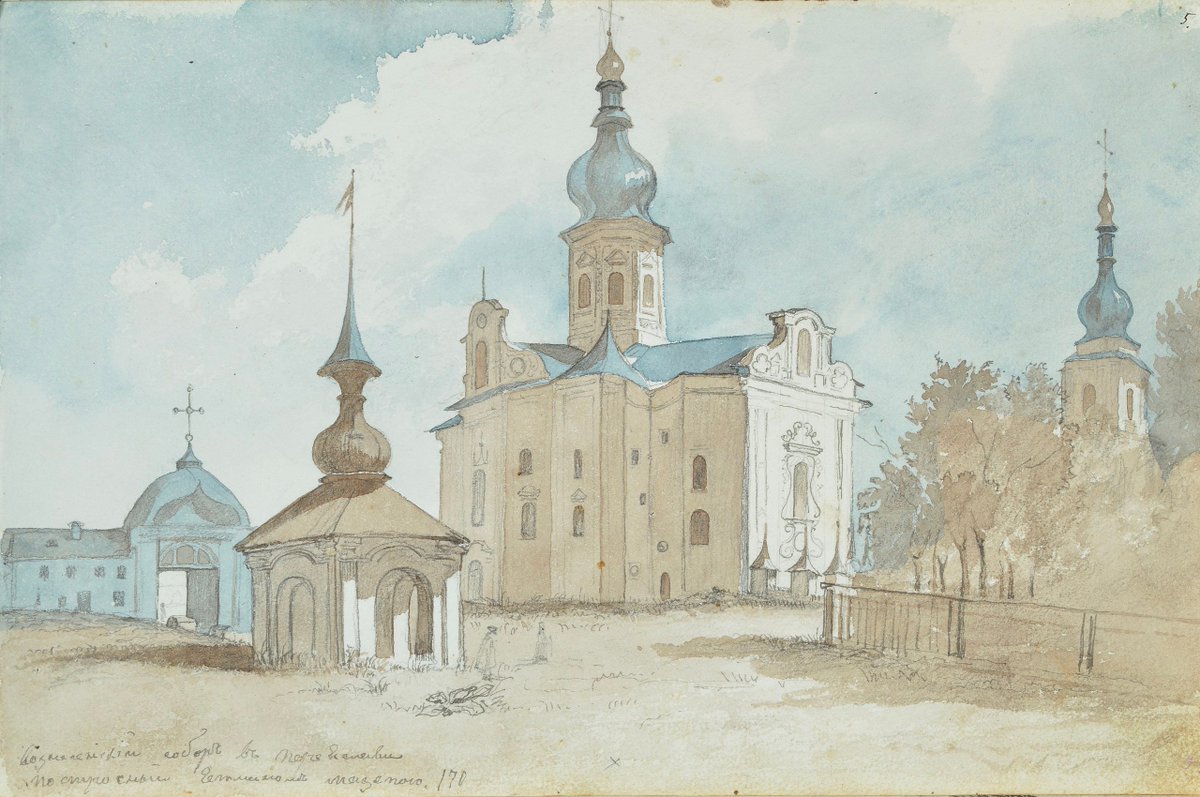
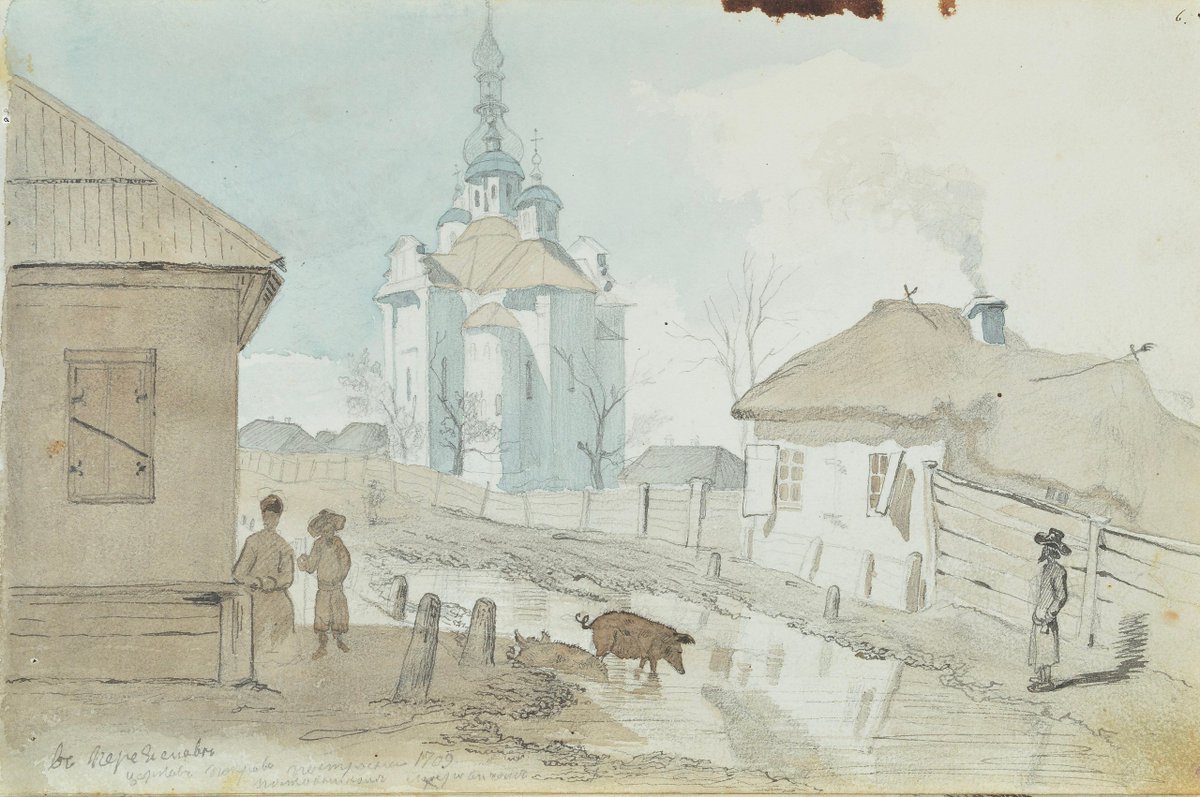


In Ukraine, he met with historian Mykola Kostomarov and other members of the Brotherhood of Saints Cyril and Methodius, a society dedicated to the political liberalization of the Empire. He was arrested together with the members of the society on 5 April 1847. 
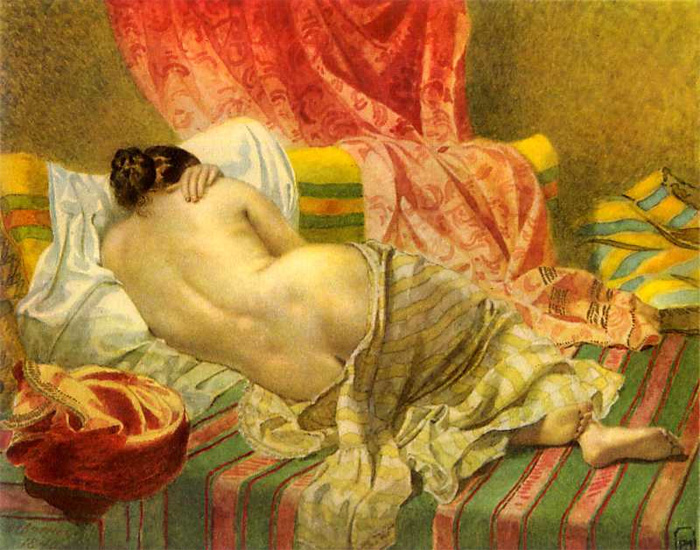
In the official report, Shevchenko was accused of composing poetry in 🇺🇦language of outrageous content. In the report, Orlov listed the crimes as advocating and inspiring Ukrainian nationalists, alleging enslavement and misfortune of Ukraine, glorified Cossack liberties. 
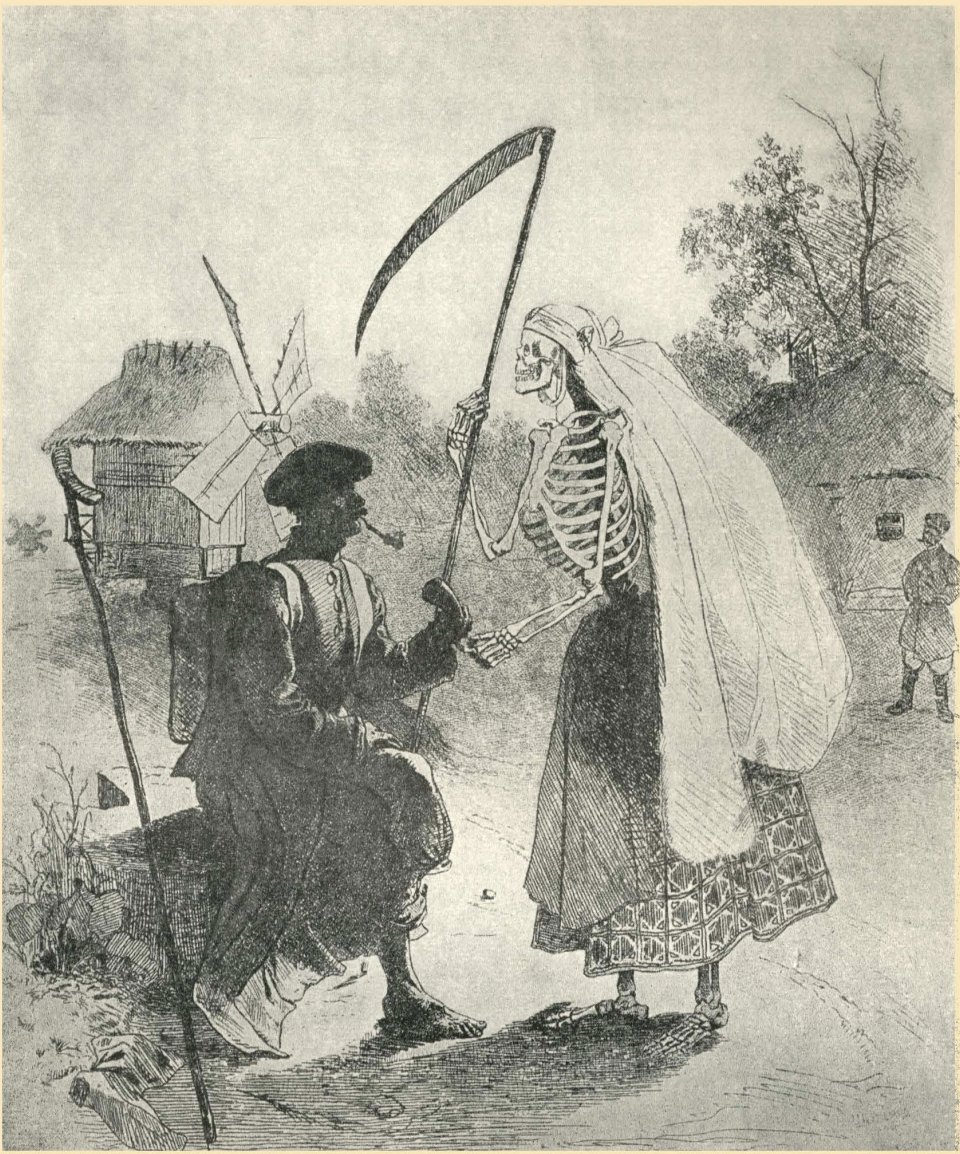
After being convicted, he was exiled to Orenburg at Orsk, near the Ural Mountains. Tsar Nicholas I personally confirmed his sentence, added to it, "Under the strictest surveillance, without the right to write or paint. But he did it secretly. 



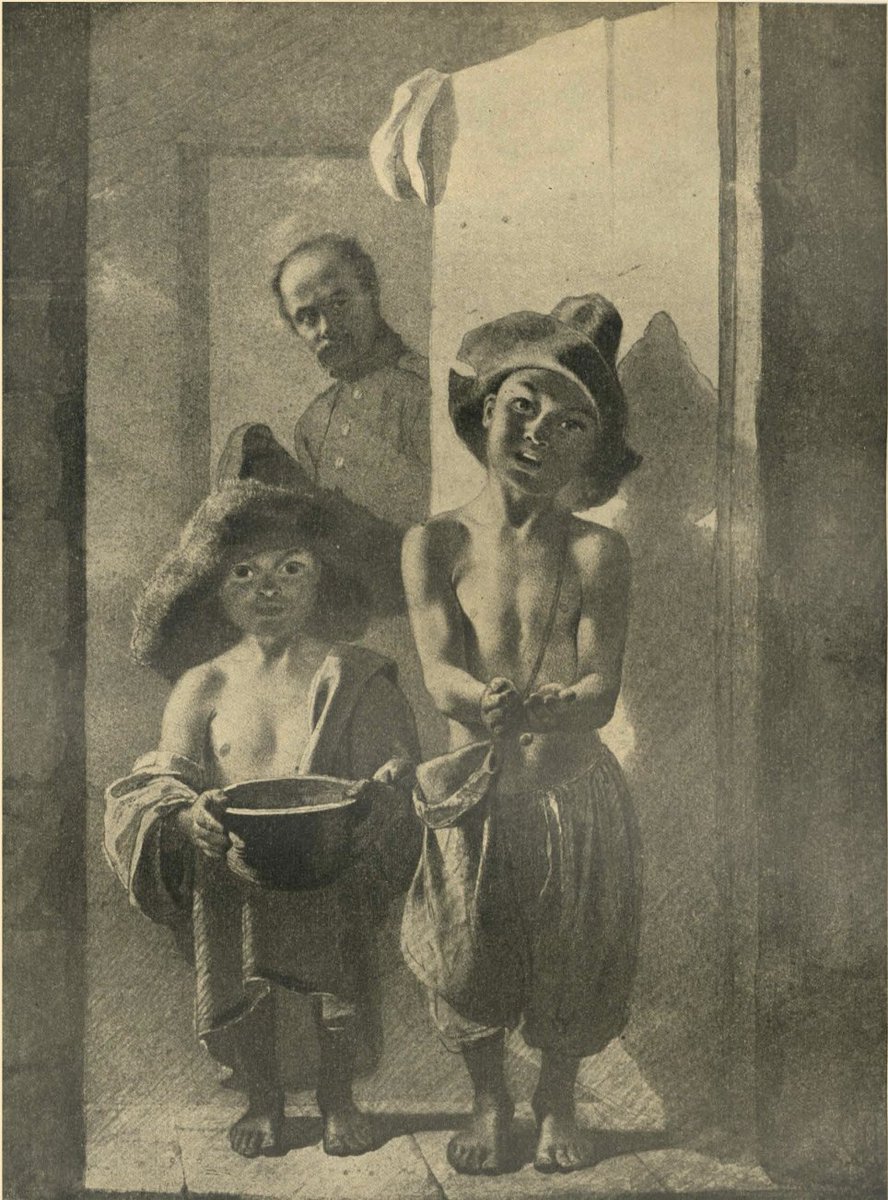
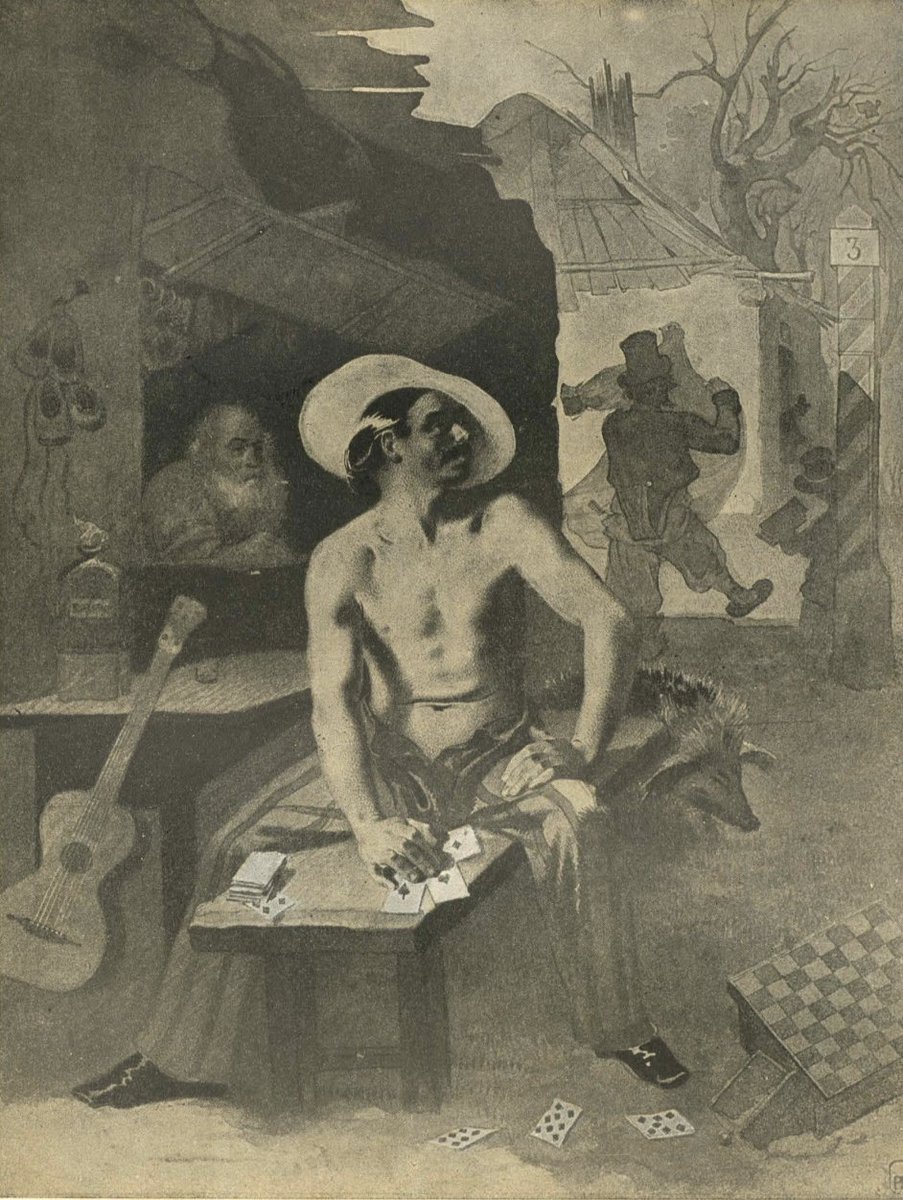

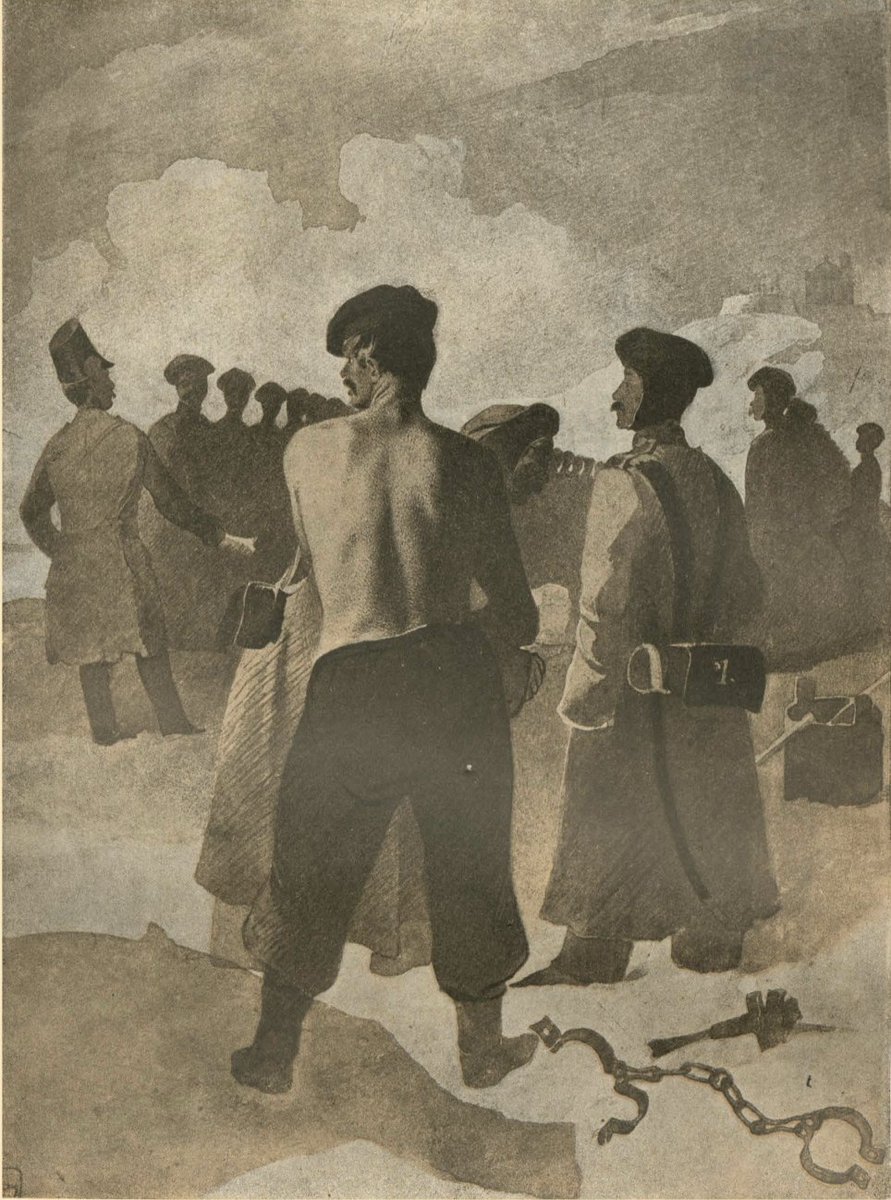
In 1857 Shevchenko finally returned from exile after receiving amnesty from a new emperor. In May 1859, Shevchenko got permission to return to Ukraine. In July, he was again arrested on a charge of blasphemy but then released and ordered to return to St. Petersburg. 
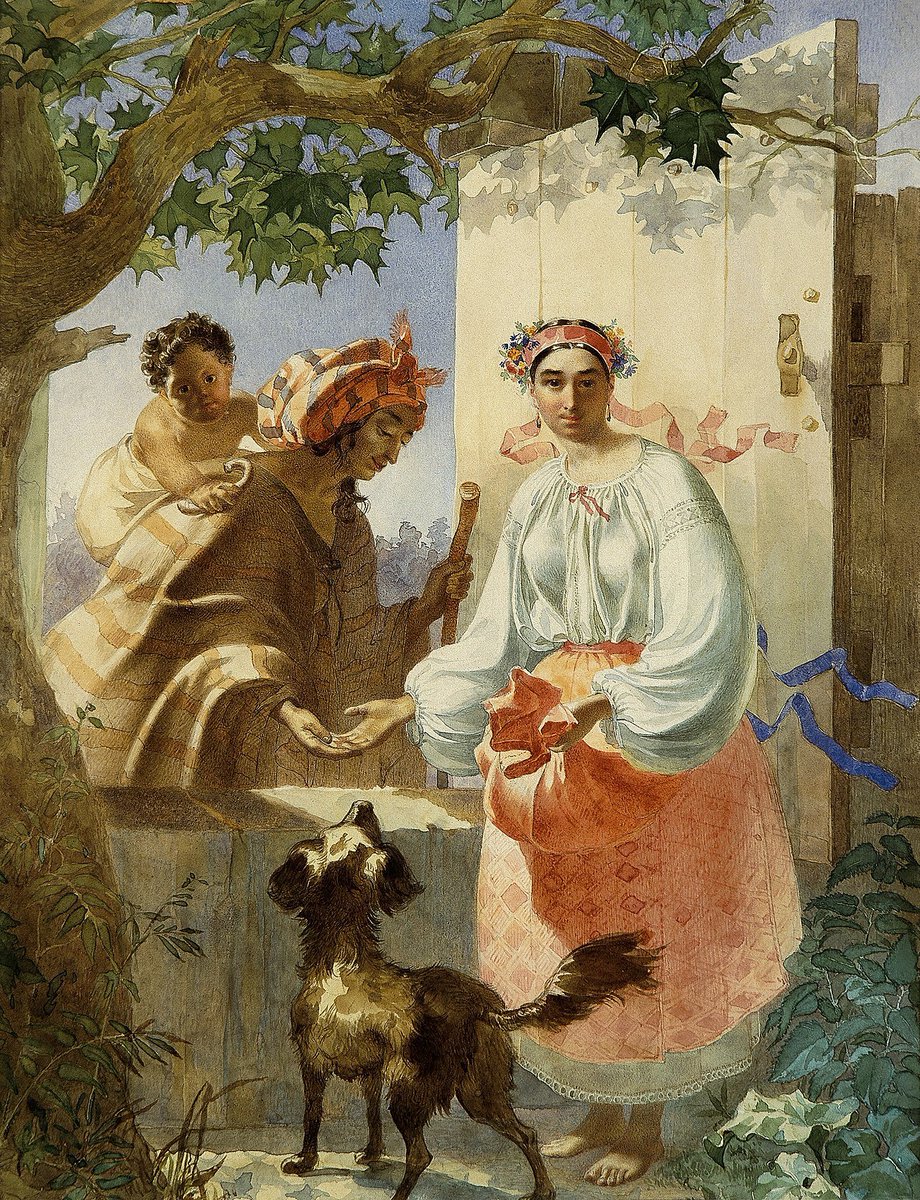
Shevchenko died on 10 March 1861. Fulfilling his wish, expressed in his poem "Testament", to be buried in Ukraine, his friends arranged the transfer of his remains to his homeland. Shevchenko was re-buried on Monk's Hill (today Taras Hill) near the Dnipro River in Kaniv. 
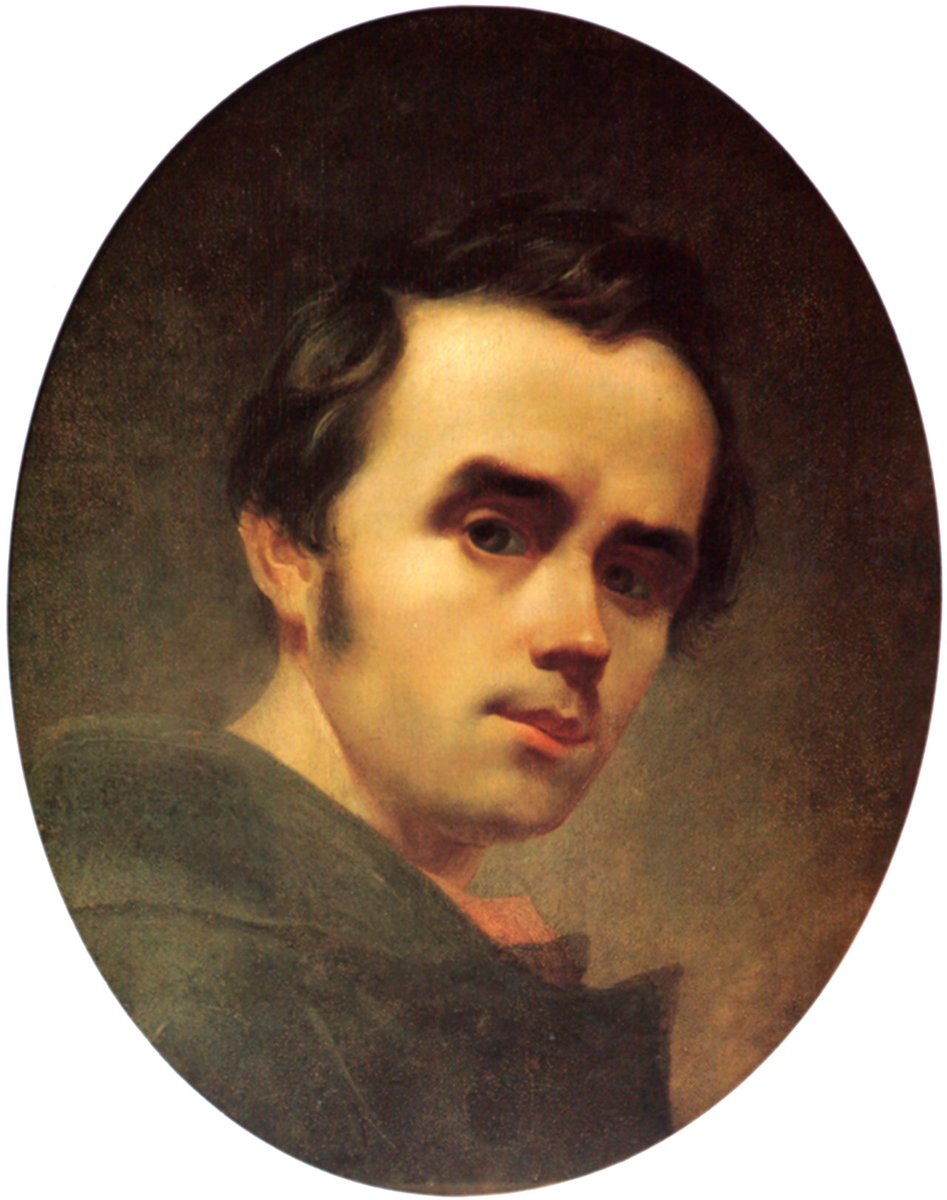
Tomorrow I will tell you more about his impact on Ukrainian culture, his poetry, and Shevchenko as a symbol in art.
"Taras Hryhorovych Shevchenko Arrives From His Exile to Flowering Ukraine" (1968) by Maria Primachenko
"Taras Hryhorovych Shevchenko Arrives From His Exile to Flowering Ukraine" (1968) by Maria Primachenko
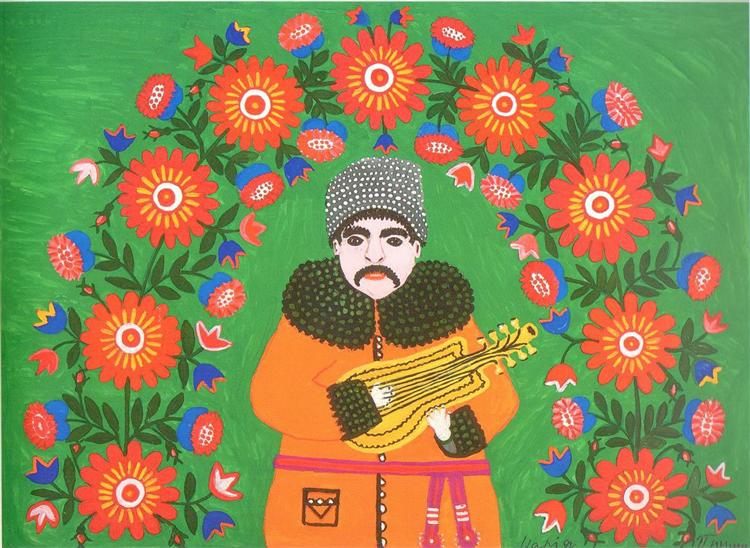
• • •
Missing some Tweet in this thread? You can try to
force a refresh







































